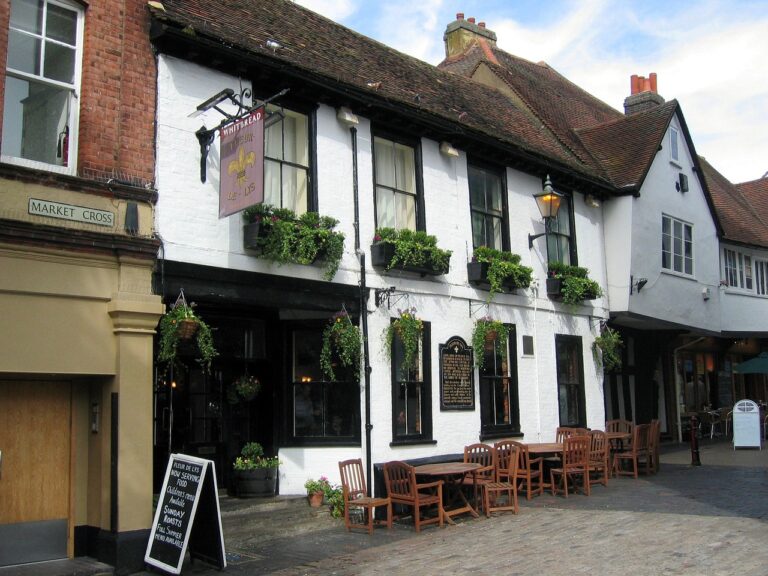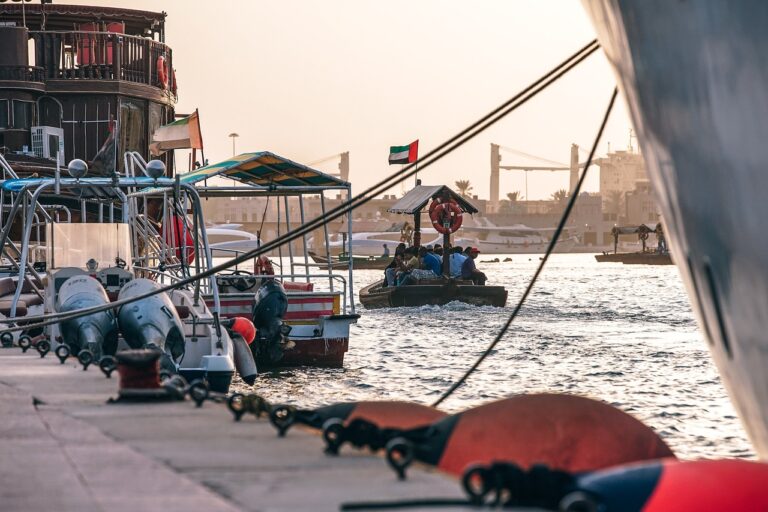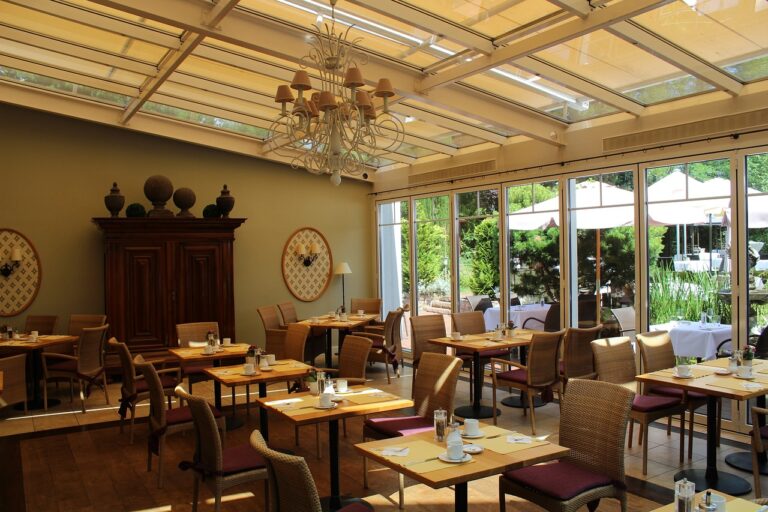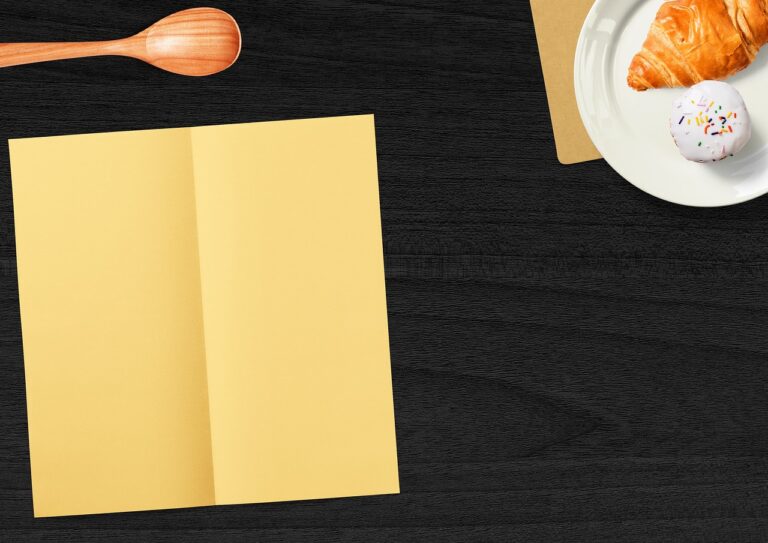Fashion Trends to Watch Out for in 2024
When it comes to interior design, incorporating bold colors can add a sense of energy and personality to a space. Bold colors like vibrant reds, rich blues, and deep purples can make a statement and create a focal point in a room. Whether through accent walls, furniture pieces, or accessories, bold colors can instantly transform a space and add visual interest.
Using bold colors in interior design requires a careful balance to prevent overwhelming the space. Pairing bold colors with neutral tones like whites, grays, or blacks can help create a harmonious look. Additionally, using bold colors strategically in small doses can be just as impactful as using them on a larger scale.
Eco-Friendly Fabrics
Choosing eco-friendly fabrics is a simple yet impactful way to make more sustainable fashion choices. From organic cotton to bamboo, there are plenty of options available that have a lower environmental impact compared to traditional fabrics. By opting for eco-friendly fabrics, you can reduce your carbon footprint and support ethically conscious fashion brands that prioritize sustainability in their production processes.
Not only are eco-friendly fabrics better for the environment, but they are also often of higher quality. These fabrics are typically more durable and comfortable to wear, ensuring that your clothing lasts longer and feels great against your skin. Making the switch to eco-friendly fabrics not only benefits the planet but also enhances the overall quality of your wardrobe.
What are eco-friendly fabrics?
Eco-friendly fabrics are materials that are produced using environmentally friendly processes and sustainable practices, with minimal impact on the environment.
Why should I choose eco-friendly fabrics?
Choosing eco-friendly fabrics helps reduce the environmental impact of the fashion industry, as traditional textile production can contribute to pollution, water waste, and other harmful effects on the planet.
What are some examples of eco-friendly fabrics?
Examples of eco-friendly fabrics include organic cotton, hemp, bamboo, Tencel (made from sustainably sourced wood pulp), and recycled polyester.
Are eco-friendly fabrics more expensive than traditional fabrics?
While eco-friendly fabrics may sometimes be slightly more expensive due to the sustainable production practices involved, the long-term benefits to the environment and your health make them a worthwhile investment.
Can eco-friendly fabrics be as stylish as traditional fabrics?
Yes, eco-friendly fabrics come in a wide range of styles, colors, and textures, allowing you to create fashionable and unique looks while also supporting sustainable practices.







